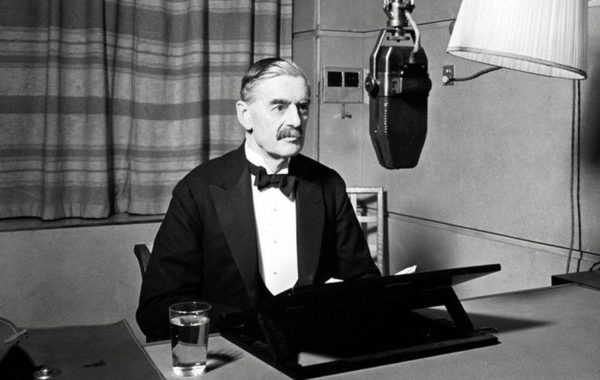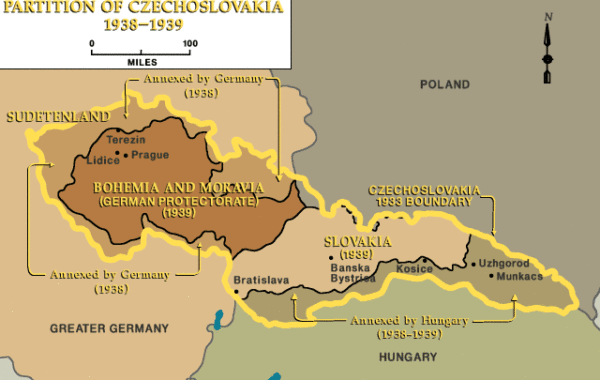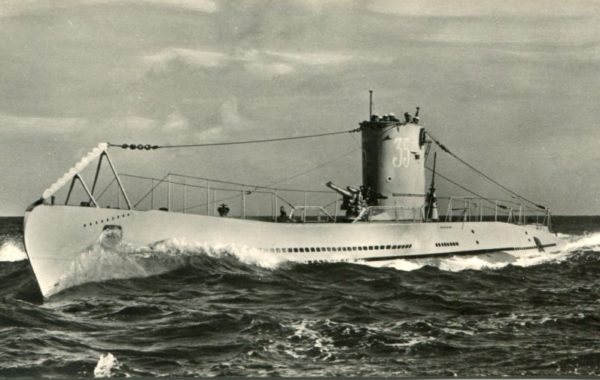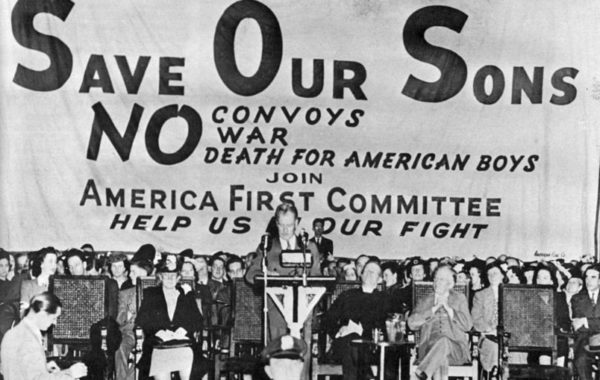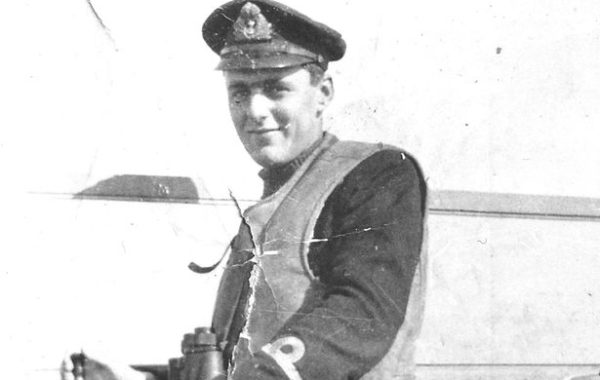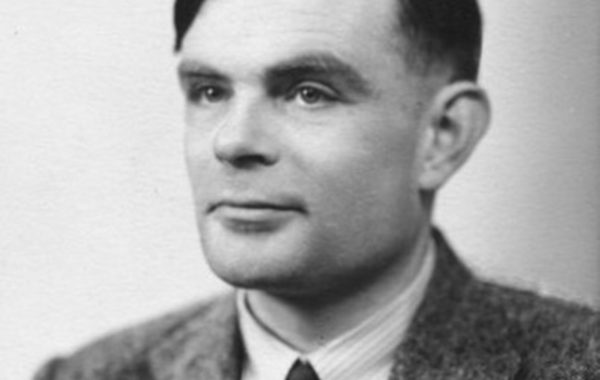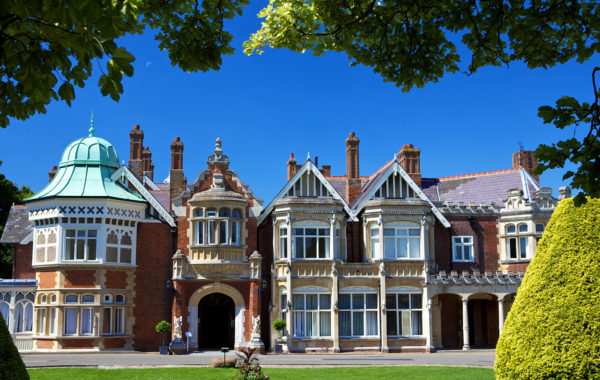This month we are going to revisit a subject covered in previous blogs, but from a slightly different angle. The subject is the Nazi’s denial of responsibility for sinking the British passenger ship Athenia on the first day of World War II. The new angle considers what might have occurred if social media had been available in 1939.
To recap, here is what happened Sept. 3, 1939. A young U-boat commander, Fritz-Julius Lemp, torpedoed Athenia just after sunset. Under maritime law, Lemp was required give warning before attacking an unarmed, unescorted merchant ship. To do so, he would have surfaced his U-boat, ordered the ship to stop, and inspected its cargo. If he found contraband cargo, he could sink the ship but only after everyone on board was safely off.
Lemp gave no warning because he thought he was attacking an “armed merchant cruiser,” a legitimate wartime target. When he later discovered his mistake, Lemp left the scene without reporting his attack to his headquarters. As a result, Nazi officials were caught by surprise the next morning when news reports of the U-boat attack on a passenger ship began circulating. They immediately denied any responsibility for the sinking. British, American, and Canadian press reported the German denial along with skeptical reactions from Western government officials.
Had social media been available to the Nazi’s they could have sent their message directly to their followers in the West without the skepticism of Western officials. Likewise, they could have directly communicated their explanation that a floating mine or exploding boiler likely sank Athenia.
The next day, Sept. 5, eye-witness accounts from rescued Athenia passengers arriving in Scotland and Ireland told of seeing a submarine immediately after the torpedo explosion. Social media could have allowed the Nazis to communicate directly with followers in the West that the submarine was likely British and that it had attacked Athenia by mistake.
By now, Germany’s claims on social media and conflicting Western mass media accounts might well have caused confusion over what actually happened to Athenia. And that confusion might have been enough to blunt Britain’s efforts to turn world opinion against the Nazi’s.
Our next blog will explore how social media could have helped spread the Nazi’s biggest lie about Athenia.



